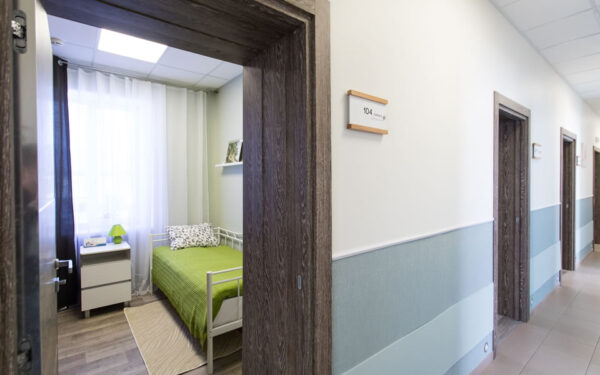More than 1,000 nursing homes have closed around the United States since 2015. Of those, more than 700 closed just in the last two years due to the economic pressure inflicted by the COVID-19 pandemic. Looking at the data, nursing homes that close tend to be smaller facilities (under 100 beds) in urban settings where most residents rely on Medicaid. Nursing homes have struggled to address a historic workforce crisis, with a projected 241,000 workers lost since February 2020. The inability to hire sufficient staff, in addition to concerns about reimbursement rates, are two major triggers causing nursing home closures.
According to data released by CMS in Q2 2022, more than 3,000 skilled nursing facilities experienced a change of ownership (CHOW) between 2016 and 2021. CHOWs were more than nine times as common for nursing homes than for hospitals during this six-year period. Between 2016 and 2021, 3,236 SNFs changed ownership compared to only 348 hospitals. The major trend in the nursing home industry is freestanding senior housing and not-for-profits closing altogether, consolidating, or selling to for-profit entities such as private equity firms and real estate investment trusts.
Many facilities that are now closing provided poor care to residents and have low occupancy rates in addition to being smaller facilities as mentioned above. Despite occupancy rates remaining below pre-pandemic levels and concerns of a trend toward home care, the rate of skilled nursing acquisitions has not slowed, dominated by private equity. Healthcare has become a focus of PE investment in the U.S. due to the projected demand for services related to the aging population. This, in addition to the use of insurance, and the payment model, offered predictable cash flow to healthcare providers.
With the transition to value-based care, the Biden administration’s shift to focus on home care, and the end of government COVID-19 support looming, operators will need to find a way to adapt to ongoing changes. One example of this is facilities downsizing to reach sustainable census numbers. Nursing homes are getting smaller to make more space for private rooms. Single-occupancy rooms are becoming less of a nursing home luxury and more of the baseline cost of doing business.






